Norway has longstanding ties to Antarctica. From polar exploration to scientific research, here’s what you need to know about Norway in the Antarctic.
Situated almost entirely south of the Antarctic Circle and surrounded by the Southern Ocean, Antarctica is Earth's southernmost continent. With an area of 14,200,000 km², it is twice the size of Australia and contains the geographic South Pole.
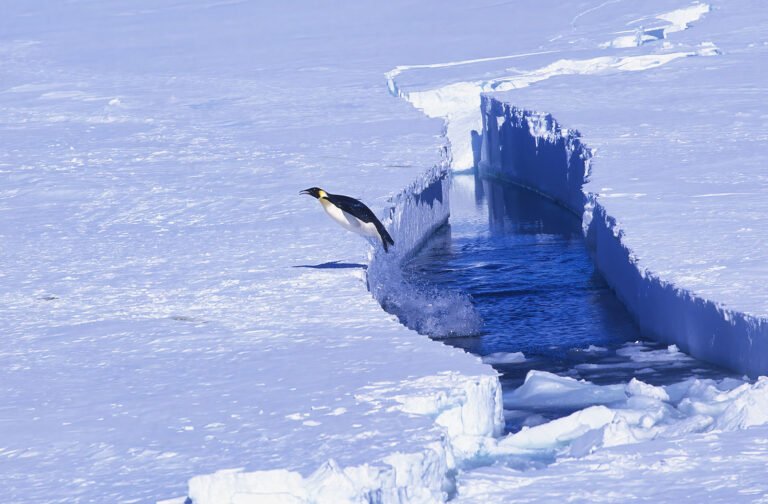
Antarctica might be on the other side of the world, but Norway has one of the world’s longest and most involved histories on the frozen continent.
Norwegian polar explorers played major roles in discovering the continent, while the country was one of the very first signatories of the Antarctic Treaty.
These days Norway’s interests in Antarctica are managed by the Norwegian Polar Institute, a directorate under the Ministry of the Climate and Environment.
A long history of polar exploration
Norway has a long history of polar explorers. This applies to the South Pole as well as the North Pole. Although Norway didn’t discover Antarctica, it was heavily involved in early expeditions to the continent.
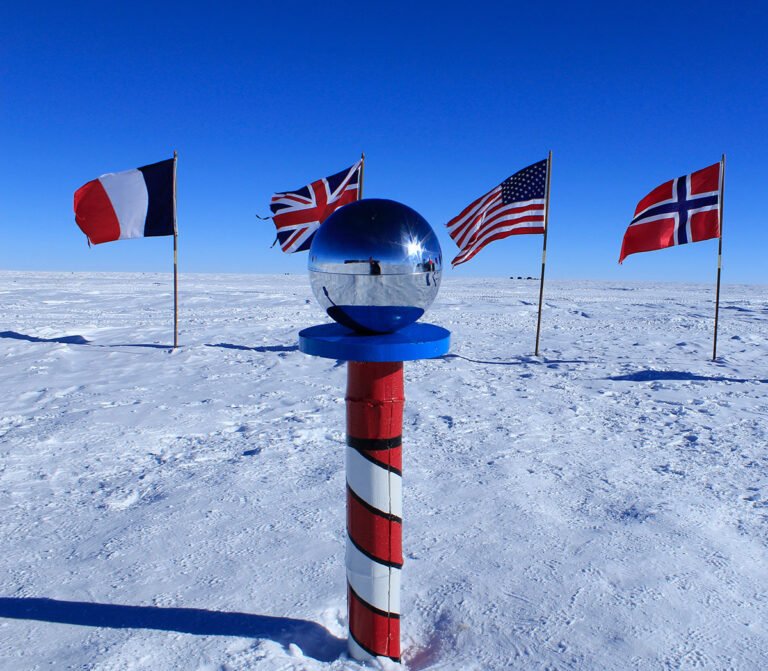
Around 1893, Carl Larsen discovered what became the Larsen Ice Shelf and other geographical features on an expedition to the eastern side of the Antarctic peninsula. He discovered fossils there and was also the first person to ski on the continent.
Several years later, he founded the first whaling station in the region on the British sub-Antarctic island of South Georgia.
While Norway as a nation remained focused on the North Pole, individual Norwegians were well-suited to Antarctic exploration. Many joined several of the early expeditions led by other nations. One of those included Roald Amundsen, who joined the Belgian ship Belgica in 1899.
From 1910 to 1912, Roald Amundsen wrote his name into the history books by beating Robert Scott to the South Pole. The two expeditions took very different routes to the Pole. Amundsen's dogs helped the Norwegian team move much faster than Scott's team.
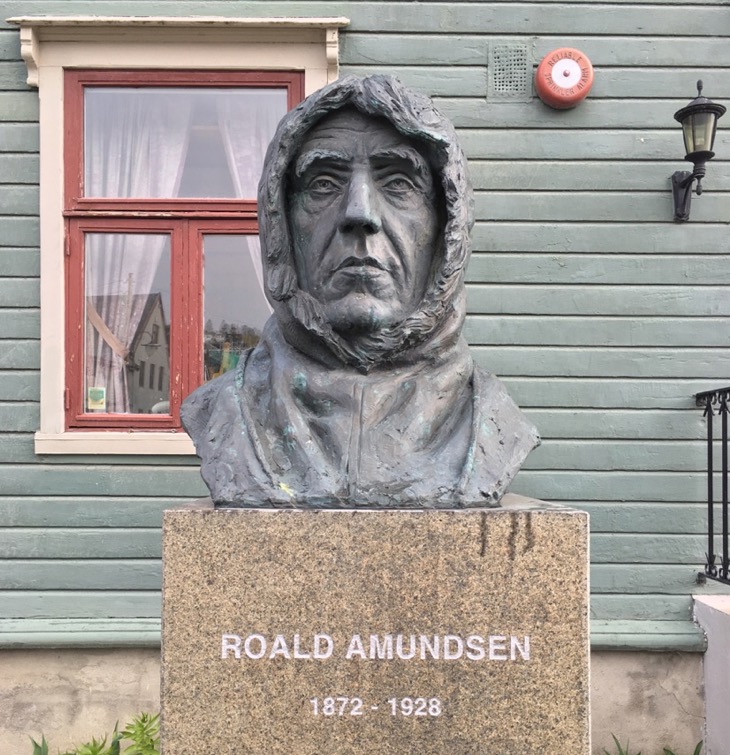
The extended time taken by Scott's team to reach the Pole caused several problems for their return. Temperatures were dropping quickly. They were also short on supplies, and suffered from exhaustion, frostbite and malnourishment. All of them eventually died.
Norwegian territory claims in Antarctica
Norway is one of seven nations that made a claim to land in Antarctica before the Antarctic Treaty of 1961.
In 1939, Norway laid claim to a vast area of Antarctica called Dronning Maud Land, known internationally as Queen Maud Land. It covers about one-sixth of the entire continent.
There is also an historic Norwegian claim to Peter I Island, which is about 450km off the western side of the Antarctic peninsula.
The Antarctic treaty
In 1961, the Antarctic Treaty was drawn up to suspend future territorial claims. 12 nations signed the treaty at the time, which has since expanded to 50 signatories, representing two-thirds of the world’s population.
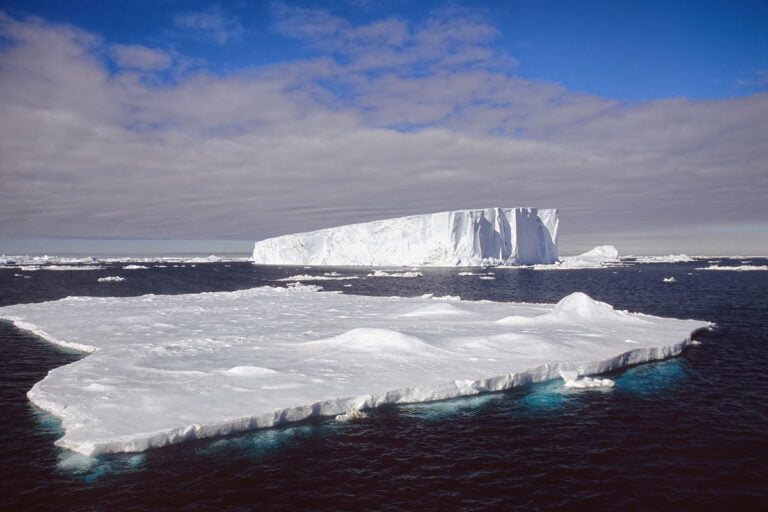
Article IV § 2 states: “No acts or activities taking place while the present Treaty is in force shall constitute a basis for asserting, supporting or denying a claim to territorial sovereignty in Antarctica. No new claim, or enlargement of an existing claim, to territorial sovereignty shall be asserted while the present Treaty is in force”.
Queen Maud Land
Norway’s territorial claim in Antarctica is almost seven times larger than Norway itself. It borders the British and Australian sectors. Most of the territory is covered by the East Antarctic Ice Sheet, and a tall ice wall stretches along its coast.
As with the rest of Antarctica, there is no permanent population. That being said, there are 12 active research stations housing scientists and support staff on a temporary basis. Six of the stations are also occupied over the winter.
Bouvet Island
Bouvet Island is the world's most remote island and is inhabited only by penguins. It’s also Norwegian territory.
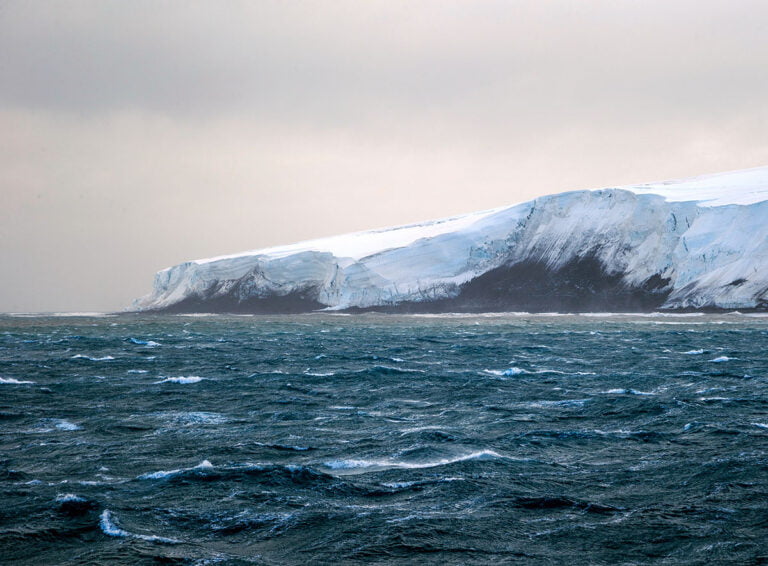
Located about half-way between South Africa and Antarctica, Bouvet is often classed as the sub-Antarctic. It certainly looks and feels Antarctic. 93% of the 49 square km island is covered by glaciers.
Bouvet is an inactive volcano and today is a protected nature reserve. The only activity is a small weather station near a tricky landing point created by a rockslide in the 1950s.
Norway claimed the island when an expedition boat landed there in 1927. But the U.K. chad already claimed it years before. Three years later, the two countries came to an agreement whereby Bouvet became Norwegian territory.
Norwegian research in Antarctica
Of the 12 active research stations located in Queen Maud Land, the Troll research centre is the best-known. I occasionally look up the temperature there during the winter, which always makes me feel better about the “bad” weather in Trondheim at the time!
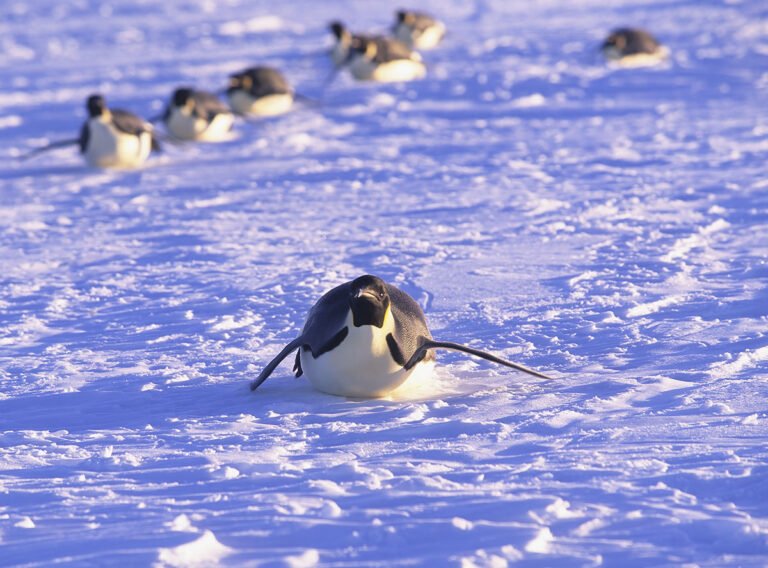
Troll research centre is located around 235km from the coastline at Jutulsessen. The station is manned year-round by Norwegian researchers and support staff. Only six people overwinter there, but there are many more in the summer.
During the summer, Troll is a base for biological, glaciological and geological field work. It’s also used year-round for long-term monitoring of meteorology, radiation, atmosphere, upper atmosphere, environmental toxins and seismology._
The research centre is managed by the Norwegian Polar institute. They have the responsibility for ensuring the activity and future development is kept within a framework that takes account of land use and the environment.


